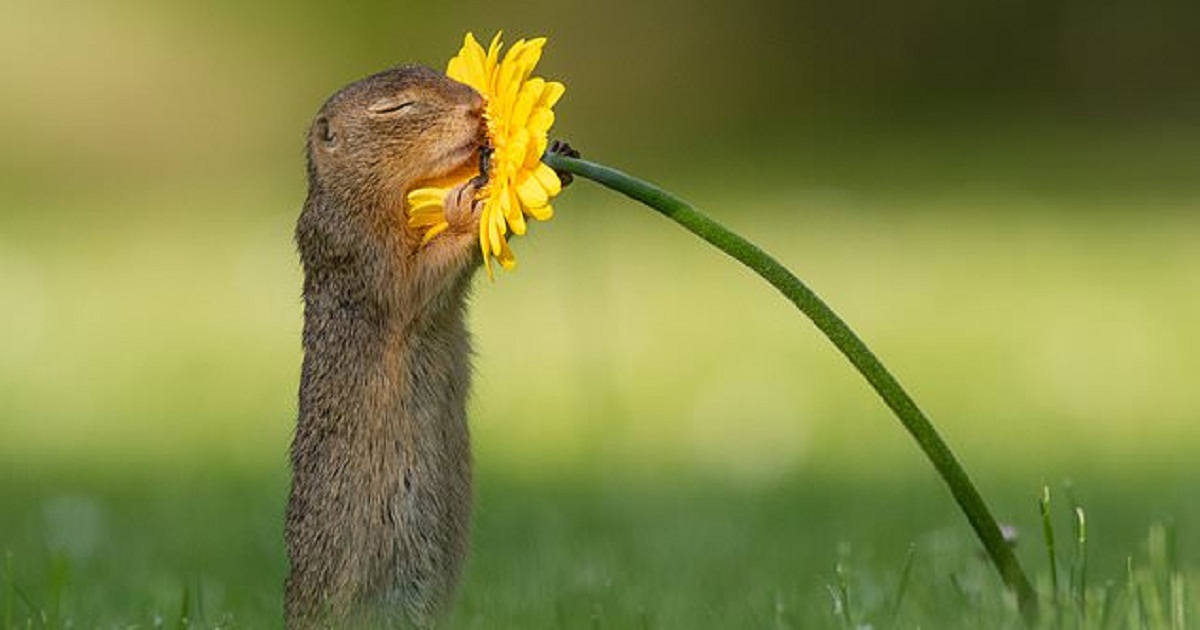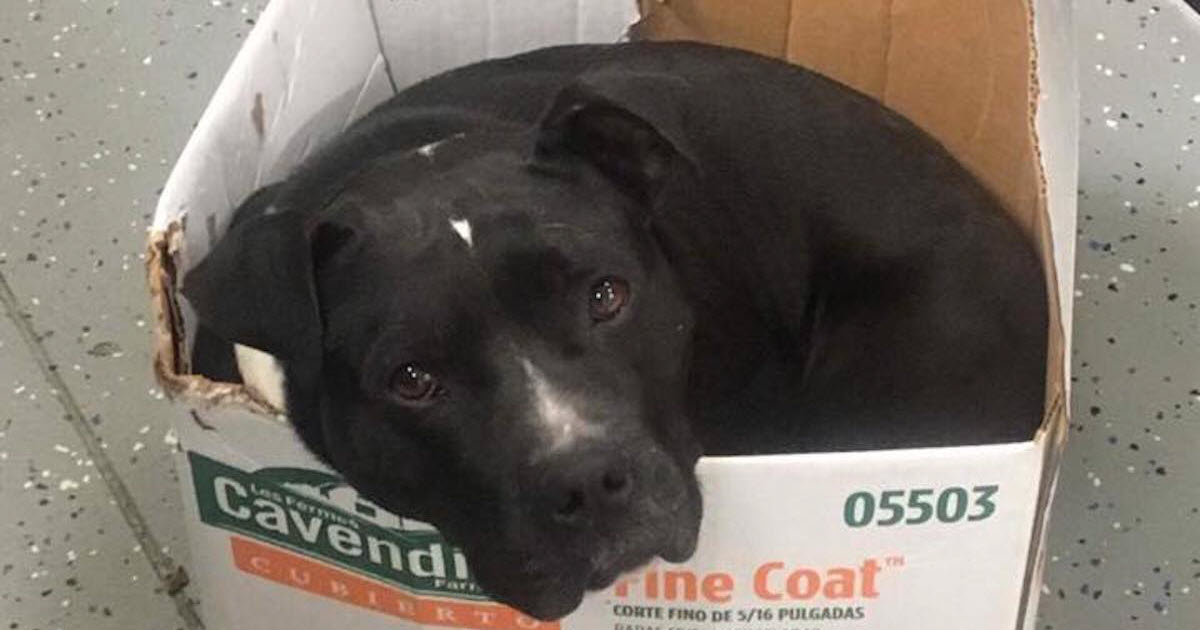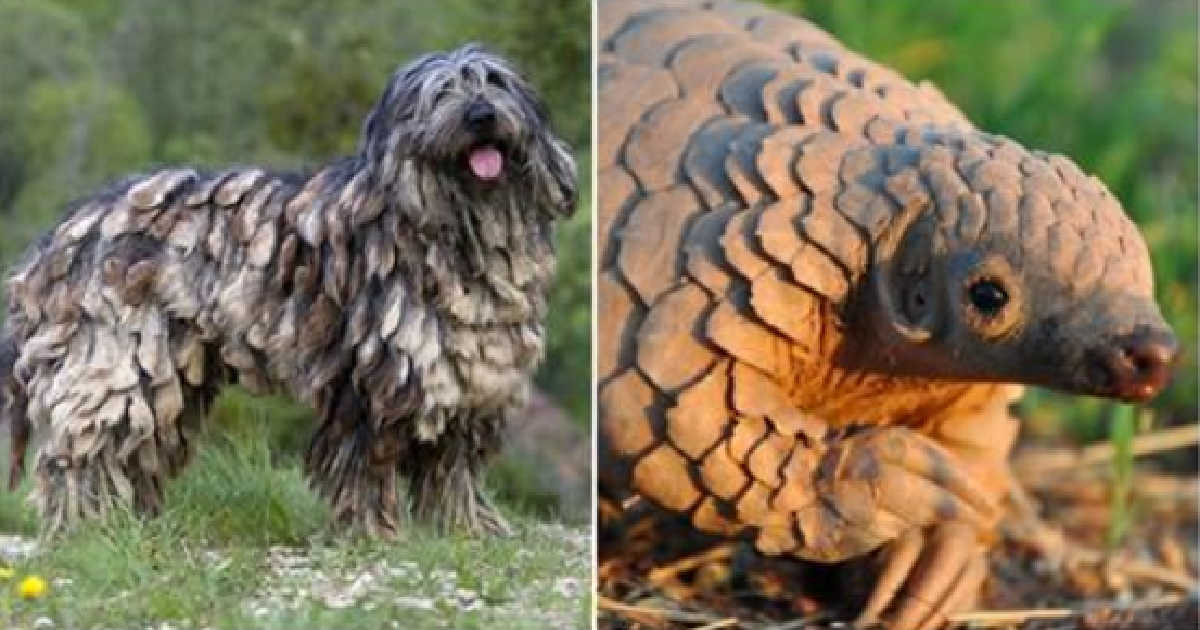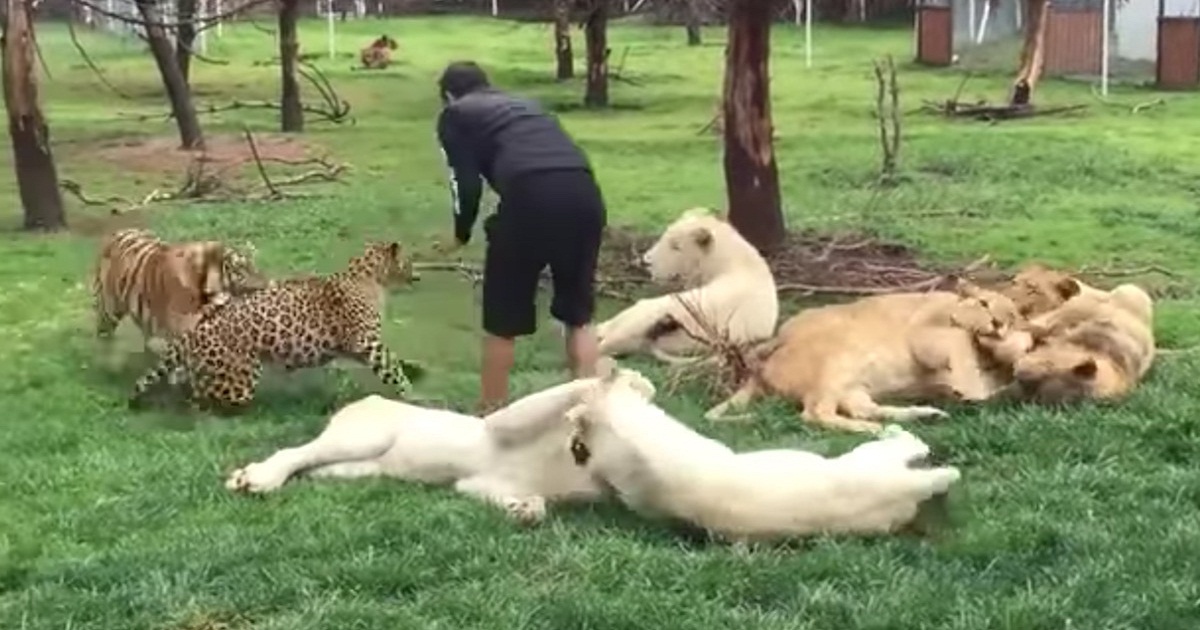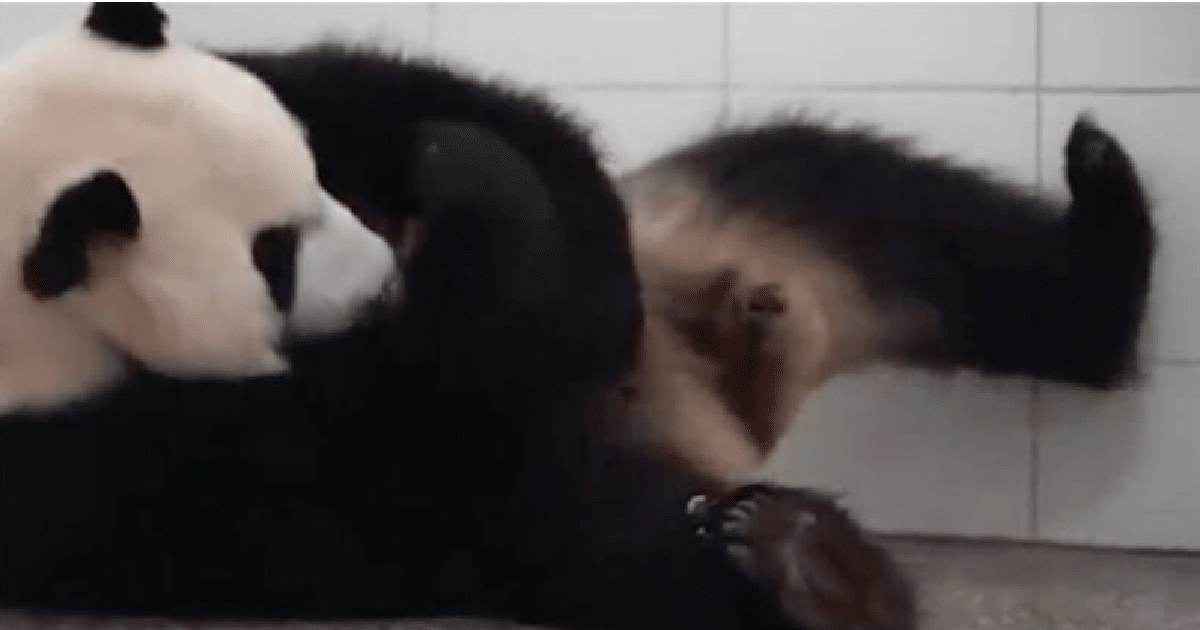When it comes to the diet of prairie dogs, it’s important to understand their natural food choices. These critters primarily feed on grasses, plants, and leaves in the wild. As pet owners, it is crucial to provide a diet that mimics their natural food preferences to ensure their health and well-being. Let’s dive deeper on what do prairie dogs eat.
Prairie dogs are hindgut fermenters, similar to rabbits. This means they need a high-fiber diet to maintain their digestive system. Feeding them Timothy or other grass hay is essential to prevent obesity, a common problem among captive prairie dogs.
While fresh vegetables can be offered as occasional treats, they should not exceed 5% of their daily food intake. It’s also important to note that supplements are not necessary for a healthy prairie dog.
Water should always be available for these curious creatures. By understanding their natural diet and feeding habits, we can ensure the proper nutrition and care for our pet prairie dogs.
What Do Prairie Dogs Eat?
- Prairie dogs primarily eat grasses, plants, and leaves in the wild.
- They require a high-fiber diet and should be fed Timothy or other grass hay.
- Obesity is a common issue in captive prairie dogs, so portion control is crucial.
- Fresh vegetables should be offered as treats, but in moderation.
- Supplements are not necessary for a healthy prairie dog.
Feeding Habits and Nutritional Requirements
When it comes to the feeding habits of prairie dogs, it’s essential to understand that they are hindgut fermenters. This means that they rely on a large amount of dietary roughage to support the activity of their intestinal tract bacteria. To meet their nutritional requirements, their diet should consist of foods that are high in fiber, such as grasses, plants, and leaves.
To maintain a healthy weight, it’s crucial to avoid overfeeding pet prairie dogs. Obesity is a common issue among these critters, which can lead to various health problems. Therefore, providing a balanced diet is key. Fresh vegetables can be offered as occasional treats, but they should not make up more than 5% of their daily food intake to prevent dietary imbalances.
It’s important to note that supplements are not necessary for the well-being of prairie dogs. A properly balanced and varied diet of grasses, plants, and leaves, along with access to fresh water at all times, is sufficient to meet their nutritional needs.
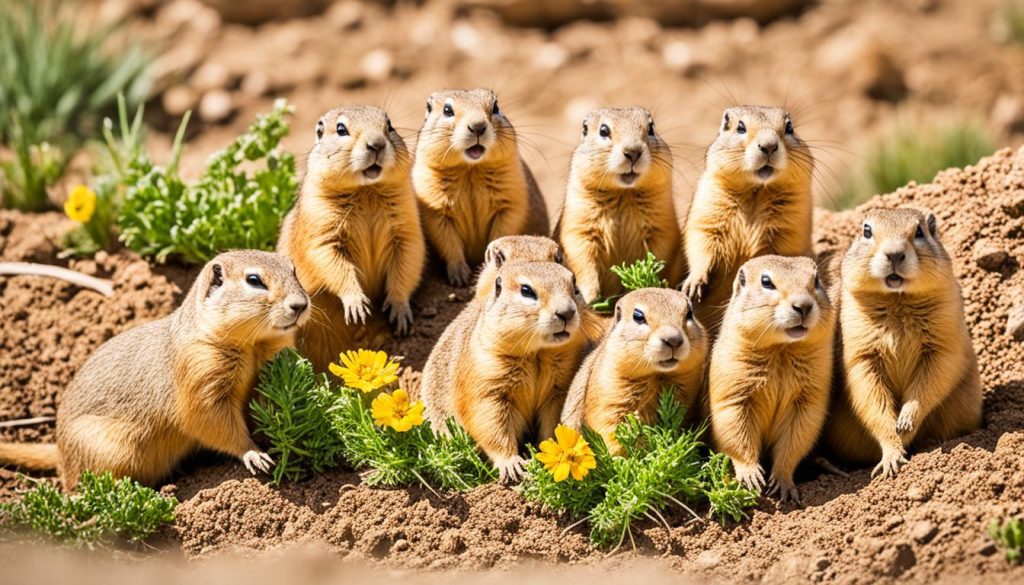
- Prairie dogs are hindgut fermenters and require dietary roughage.
- Their diet should be high in fiber, including grasses, plants, and leaves.
- Avoid overfeeding to prevent obesity, which is a common issue.
- Fresh vegetables can be offered as treats, but not more than 5% of their daily intake.
- Supplements are unnecessary for a healthy prairie dog.
Favorite Foods and Foraging Behavior
In the wild, prairie dogs have a natural inclination towards certain foods. Their diet consists primarily of grasses, plants, and leaves. They display a preference for forbs and grasses that have a high moisture content and nutritive value, which helps meet their water and energy needs.
To ensure their safety, prairie dogs engage in clipping vegetation within their colonies. This behavior allows them to maintain a clear line of sight, providing them with a strategic advantage against approaching predators. Interestingly, their grass clipping also serves another purpose – stimulating new growth in the surrounding vegetation.
Foraging behavior is a crucial aspect of their survival. Prairie dogs are adept at searching for and identifying suitable food sources in their environment. They play a vital role in the ecosystem by promoting biodiversity and supporting a variety of other species in their towns.
Having a comprehensive understanding of their favorite foods and foraging behavior is essential for preserving their natural diet and promoting their overall well-being.
By observing their natural behaviors and dietary preferences, we can provide captive prairie dogs with a diet that closely mimics what they would consume in the wild. This helps ensure their nutritional needs are met, promoting their health and vitality.
Role in the Ecosystem and Conservation Status
Prairie dogs play a vital role in the grassland ecosystem, contributing to the overall balance and health of their habitat. Their activities, such as burrowing and grass clipping, have far-reaching effects on the environment.
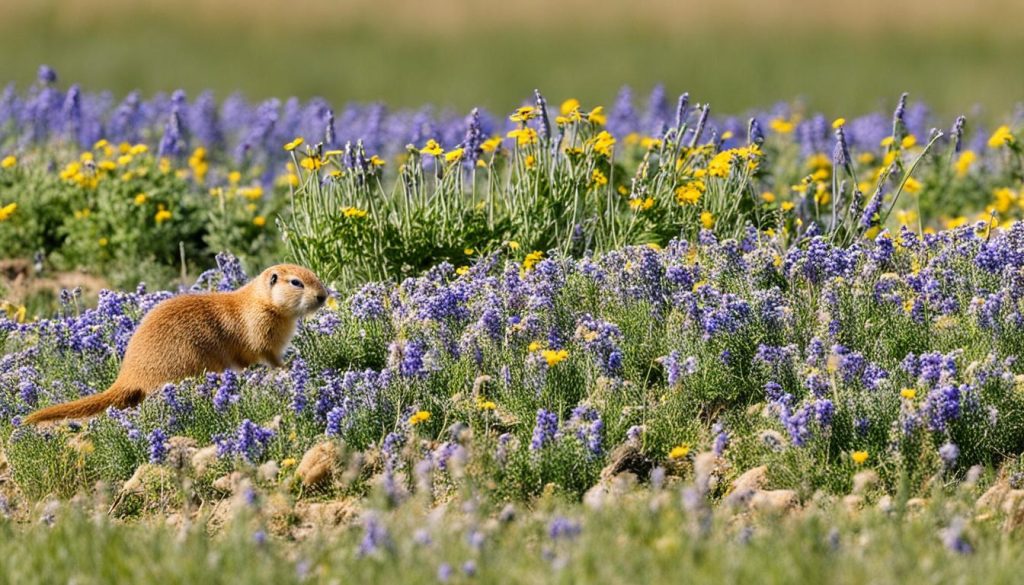
By digging extensive burrow systems, prairie dogs help aerate the soil and increase water infiltration, which promotes healthy plant growth. This in turn improves soil fertility and nutrient availability for other plants in the area.
Their habit of clipping grasses stimulates new growth and enhances the quality and diversity of forage available to grazers, such as bison and other herbivores. This helps maintain a balanced food web in the grassland ecosystem.
Prairie dog towns also serve as important habitats and attract a wide range of wildlife species. More than 170 vertebrate species have been documented to benefit from the presence of prairie dogs in their ecosystems, including birds, reptiles, and small mammals.
Conservation Status
Unfortunately, prairie dogs face numerous threats to their population and habitat. The expansion of agriculture and urbanization has led to the fragmentation and destruction of their grassland habitats, resulting in a significant decline in their numbers.
Additionally, prairie dogs have been mistakenly viewed as pests due to their burrowing and grazing habits, leading to extermination efforts in some areas. These misguided attempts to eradicate prairie dogs have further contributed to their population decline.
Furthermore, prairie dogs are susceptible to outbreaks of sylvatic plague, a disease transmitted by fleas. These outbreaks can decimate entire colonies, posing a significant threat to prairie dog populations.
Given their important role in the ecosystem and their declining numbers, efforts are being made to conserve prairie dog populations and protect their habitats. Conservation initiatives aim to raise awareness about the ecological value of prairie dogs and implement strategies for their long-term survival.
Conclusion
Prairie dogs have a diverse diet consisting mainly of grasses, plants, and leaves. As hindgut fermenters, they require a high-fiber diet, much like rabbits. Providing a balanced diet is essential to prevent obesity and other dietary-related diseases in these small critters.
While fresh vegetables can be given as treats, they should not exceed 5% of the prairie dogs’ daily food intake. Water should always be readily available to keep them hydrated.
Understanding the natural diet and feeding habits of prairie dogs is crucial for their proper care and nutrition, particularly in captivity. By mimicking their food choices in the wild, we can ensure that these adorable creatures stay healthy and thrive.


